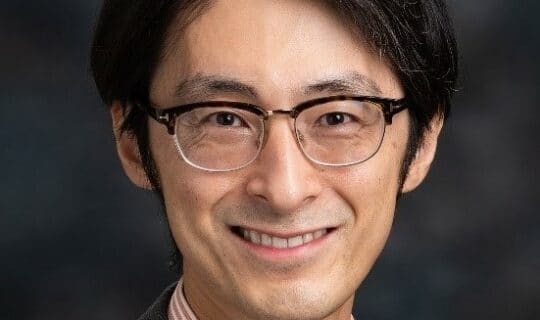
A/Prof Noriaki Ono
- 09:00
- Online, https://monash.zoom.us/ j/89320406053? pwd=SjBnZEhLTEM0YWRMNFlKYWt5S HFZdz09
- Dr Alberto Rosello-Diez
Stem cells in bone development, disease and regeneration
Abstract
My laboratory asks fundamental questions about the special bone cells
termed “skeletal stem cells” using mouse genetic models. Skeletal stem cells
can produce a variety of bone cells with important functions in bone health
and diseases. Our recent findings are beginning to unravel their unique
properties: these stem cells are diverse, malleable and local in nature. For
example, we have identified skeletal stem cells in the resting zone of the
growth plate – these stem cells look exactly like chondrocytes that make
cartilages, but acquire special characteristics of life-long self-renewal after
formation of the stem cell niche. The important question is how a small
number of skeletal stem cells can be maintained in adulthood. Our recent
findings point to the possibility that some types of functionally dedicated
mature bone cells, such as precursor cells for marrow adipocytes in the bone
marrow, can transform into stem cell-like cells in response to injury and
facilitate bone regeneration. In my talk, I will present our recent findings on
skeletal stem cells, particularly from the perspective of in vivo lineage-tracing
studies.
Bio
Noriaki Ono is an Associate Professor with tenure at the University of Texas
Health Science Center at Houston School of Dentistry. His laboratory has
been focusing on the fundamental biology of skeletal stem cells that play
important roles in skeletal development, diseases and regeneration. The three
major focuses of his laboratory are: skeletal stem cells in the growth plate
cartilage, the bone marrow stromal compartment and the craniofacial skeletal
structure. He completed his DDS, PhD and orthodontic training in Tokyo
Medical and Dental University, Japan. He subsequently completed his
research fellowship in Massachusetts General Hospital under the mentorship
of Dr. Henry Kronenberg. His work on skeletal stem cells has been published
in prominent journals such as Nature, Nature Communications, Elife and
Journal of Bone and Mineral Research. His research program has been
supported by the National Institute of Health since 2012, through K99, R00
and R01 mechanisms.
